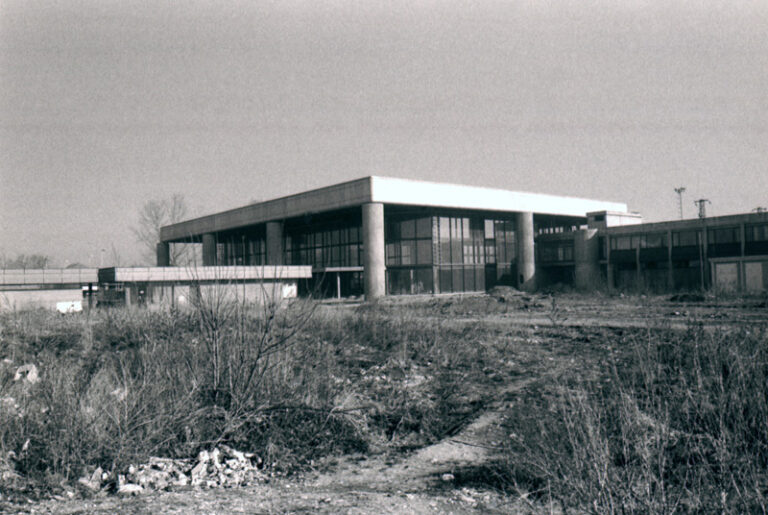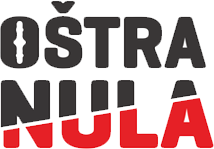The first railway line in Bosnia and Herzegovina was put into operation in December 1872, running from Banja Luka to Dobrljin near Bosanski Novi (Novi Grad). Its construction began in the spring of 1871 at the order of Ottoman Sultan Abdul Aziz and was intended to connect Istanbul with Vienna, hence the name “Constantinople Magistral”. It was a standard-gauge railway (track width: 1435 mm) with a length of 101.6 km, and 13 bridges were built along its route. The engine shed in Banja Luka housed 5 locomotives, two of which were manufactured in Germany and three in Belgium. Traffic on this line was suspended on November 14, 1875, due to insufficient passenger and freight traffic.
After the Berlin Congress (1878), the Austro-Hungarian authorities re-established traffic from Banja Luka to Dobrljin in 1879. Since the railway station was located in the outskirts, the Austro-Hungarian authorities built a 3 km long track and a connection to the city. At that time, the main railway station building was also constructed, which now houses the Museum of Contemporary Art. In November 2007, the Commission to Preserve National Monuments of Bosnia and Herzegovina declared this building a national monument of Bosnia and Herzegovina.
It wasn’t until after World War II that Banja Luka was connected by rail to Doboj and Sarajevo. Around 70,000 young people participated in the construction of the 95.10 km long Banja Luka-Doboj railway line in 1953, thus establishing a connection with Sarajevo. The smaller line connecting Banja Luka City to Banja Luka Suburb was discontinued in 1968, and Banja Luka Suburb became Banja Luka station again. A remnant of this older line, a small railway station, now stands adjacent to the administrative center of the Republic of Srpska government, repurposed as a restaurant.
The Banja Luka railway was one of the modern European railways during the period of socialist Yugoslavia and, in addition to passenger traffic, was engaged in the transport of resources and goods. The railway line was thus connected to all industrial centers. Every large factory had a railway line through which a train passed, whose wagons were filled with goods and transported throughout Yugoslavia and Europe. Thus, the railway was one of the foundations of socialist development.
At the beginning of the war conflict, the railway in BiH suffered and became a target of bureaucratic and privatizational plunder. Thus, during 1992, the state railway was divided into entity railways, and the Banja Luka railway became part of the Railways of the Republic of Srpska (ŽRS), with its headquarters first being in Banja Luka until 1996, and then in Doboj. In the period from 1996 to 2011, the number of passengers fell by 20%, and by 2014, ŽRS had made losses of 263 million BAM. Due to the lack of infrastructure development and services, passenger traffic is declining and is being largely replaced by buses.
The restructuring of ŽRS began in 2017 and was originally planned to last until the end of 2021. However, as is often the case in Bosnia and Herzegovina, this process is still ongoing. The restructuring process was part of a broader plan for the modernization and financial stabilization of the company, which included reducing the number of employees, reorganizing the company, and increasing operational efficiency. This process was carried out with the support of the International Monetary Fund (IMF). The restructuring plan also included changes in the company’s structure, including the separation of functions related to infrastructure management and those related to transportation, in order to align with European standards. Key restructuring goals, such as reducing the number of employees and reorganizing operations, were achieved by 2021. The number of employees at ŽRS was significantly reduced. By 2021, more than 1000 employees had left the company through various social programs, including severance pay and retirement, and was brought to the planned level of 2100 employees.
The number of employees at ŽRS is now around 1900, as some employees continued to leave the company due to poor pay and working conditions. Given the experiences of privatization in RS, this restructuring could end in a similar way, that is, that the profitable parts of ŽRS are left behind, and the unpromising parts are destroyed so that the assets of this company can be sold at a bargain price to people close to the authorities. Therefore, it can be said that the future of the Banja Luka railway is uncertain.



